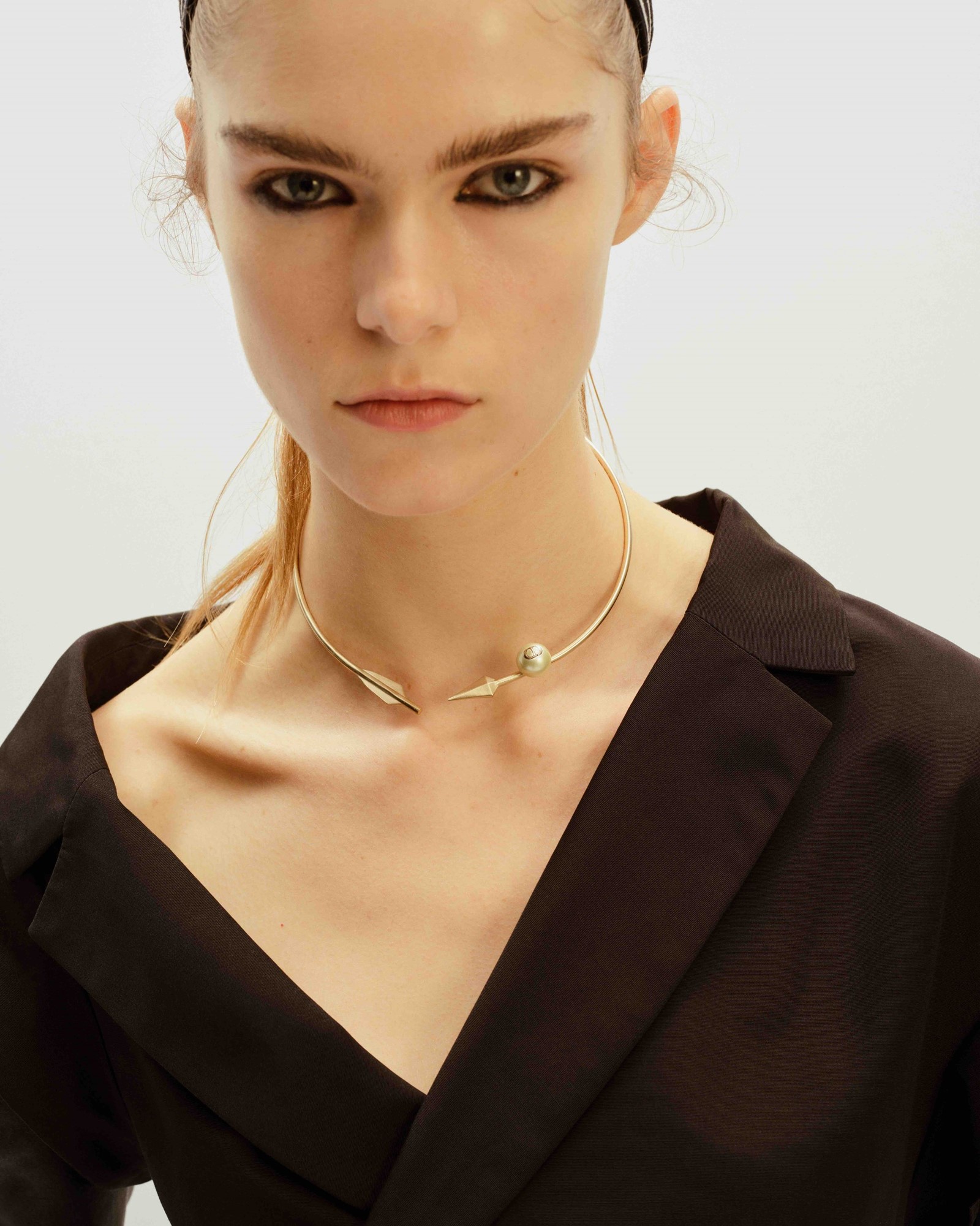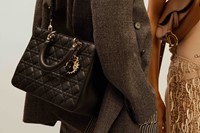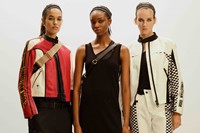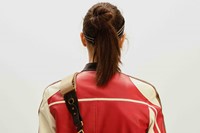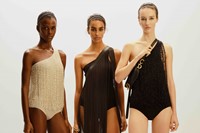Christian Dior, the man, sometimes gets a bad rap. The New Look was his ode to femininity, a championing of the curve and of fecund abundance, yet in retrospect, many see it as hampering and restrictive. Dior himself wrote: “As a result of the war and uniforms, women still looked and dressed like Amazons. But I designed clothes for flower-like women.” It’s now viewed as retrograde, a throwback to the Victorian era that, after a war where women were mobilised, worked in factories and generally exerted phenomenal freedom, relegated them to objects of decoration.
“I read all the books, and also the autobiography of Dior. I think absolutely it was not conscious,” says Maria Grazia Chiuri, of that idea of Dior’s designs. “It was a return to enjoying life.” And, indeed, later in his career Dior even designed a dress he named Amazone, his lines through the 1950s becoming increasing sporty and dynamic. So Chiuri took that notion and ran with it: her Spring/Summer 2025 collection riffed on sports, a carryover form her recent haute couture endeavour. It was made clear from the oft: the artist SAGG Napoli (an acronym for Sofia Ginevra Gianní, and her birthplace of Naples) was dressed to kill, and fired arrows in a plexiglass tunnel through the run of show as the models whizzed by her. The press notes pointed out that archery “demands the harmonisation of body and mind,” which isn’t so different to fashion, albeit with needles rather than arrows.
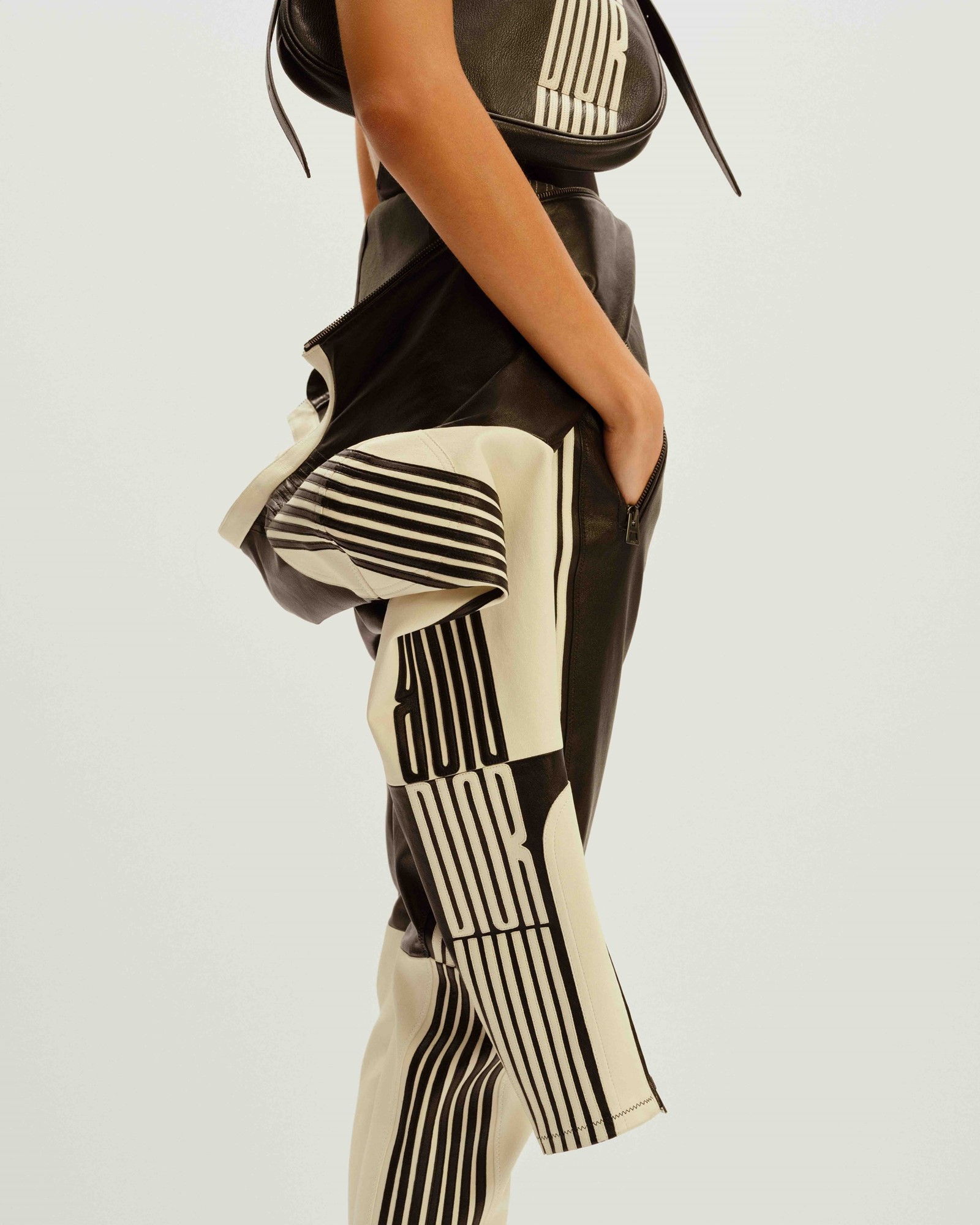
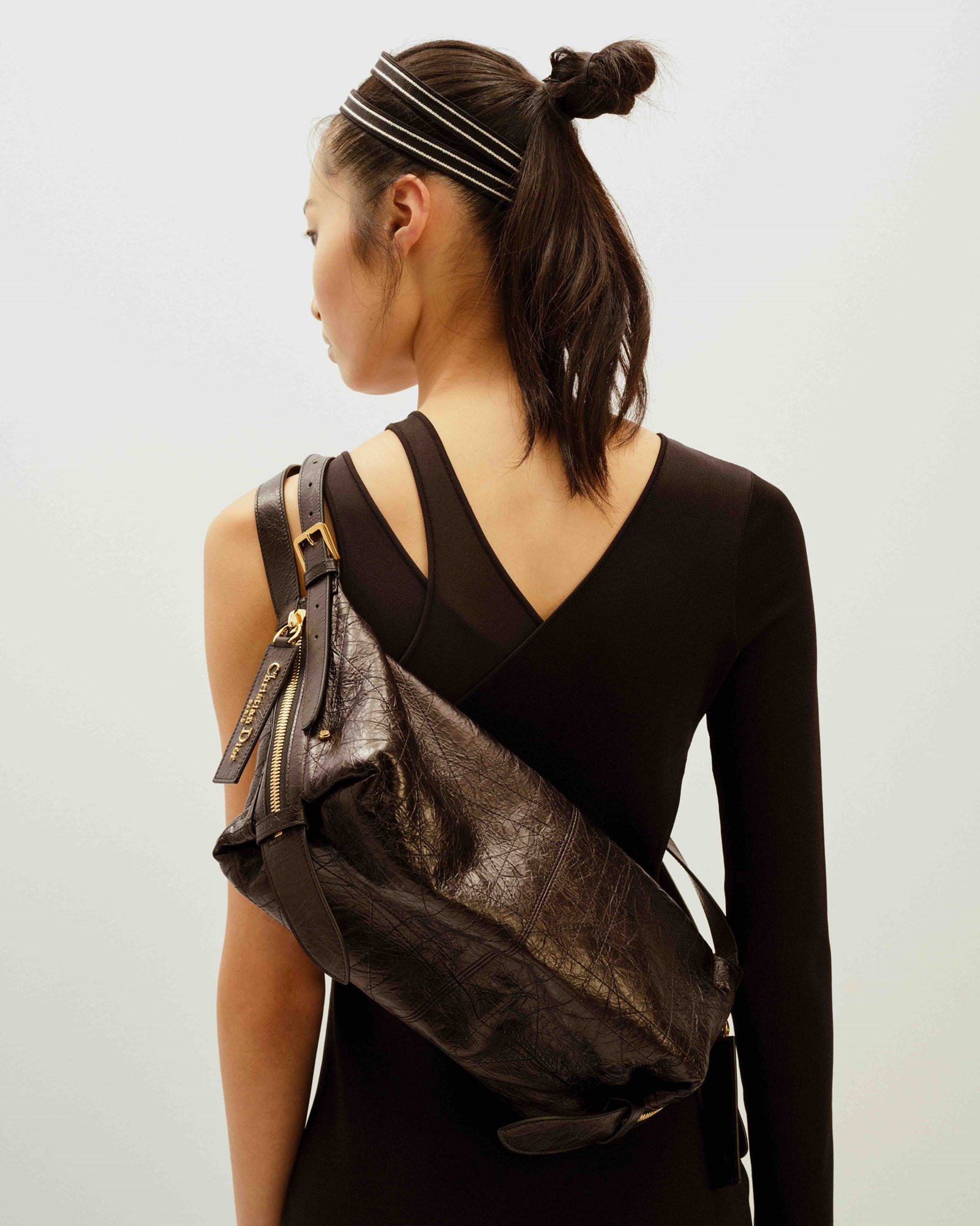
The clothes themselves weren’t so different from the archer’s costume: brief skirts, asymmetric necklines as if a quiver of arrows was slung over one shoulder, everything close to the body, twisting and turning around it as if caught in motion. The go-faster stripes of modern sportswear appeared on flashes along the sides of trousers and outlining linear silhouettes – they actually originated as an Op Art-inspired logo from the 1970s, when Dior first began to push into ready-to-wear and shook off its staid image with sportswear. And Chiuri continued a fascination with knitwear that she explored in her haute couture, pulling stretch fabrics taut around the figure to achieve a new breed of body-consciousness. Dior’s hallmark corsets were relegated.
Sports is something that’s always on Chiuri’s mind – her debut for the house, almost a decade ago, was inspired by fencing, and she has continued to free the body, pushing further and further with each collection. That’s ultimately the legacy of what she has done to date at Dior – a female sensibility, liberating a female body.
